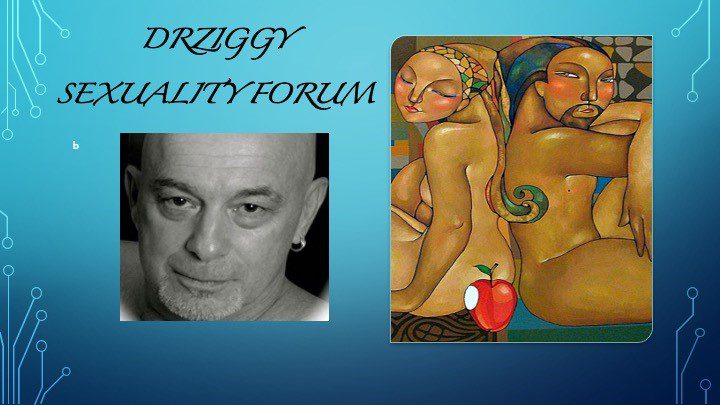So, we are continuing with our look at the History of Swinging. In the last article we considered the evolution of the term “Swinging” into the new nomenclature of “Consensual Non-Monogamy,” and genesis of Polyamory, as derivative of Swinging perse, as well as the social profile of Swinging and Swingers. Now, we’ll look at the early establishment of Swingers organizations, and the development of Swinging in an organized, and influential social group.
In the 1970s, the North American Swing Clubs Association in the US was established to serve as an umbrella organization representing swingers and swinging clubs throughout the country. The Association’s official definition of swinging claims that ‘swinging is the popular and internationally accepted term for recreational, social sex between consenting adults’ (McGinley, 1995; NASCA International, 2000, p. 9). In 1972, George and Nena O’Neill (1972) conducted an anthropological study of the emerging swinging community in Manhattan and referred to swingers as:
‘…an emerging sub-cultural group characterized by ‘amorphous’ cliques. These groups were composed of members of diverse clans and unrelated kinship groups who gathered on specific occasions to partake in a communal rite involving displays of togetherness and group relatedness consisting primarily of sexual interaction’ (p. 101).
The O’Neills were interested in exploring the psychodynamic aspects of open marriages, including psychological motivation, fantasy development and realization, as well as the effects of such behavior on self-esteem and self-perception. Their book Open Marriage suggested to some that partners may consider having sex with other individuals who are not their spouses, and the O’Neills endorsed such activities. However, they were to qualify and limit their initial assumption at a later date by suggesting what they meant was a need for personal, individual growth within the marriage context, and that husbands and wives needed to learn from relationships with individuals other then their spouses. (O’Neill, G., & N., 1972).
By the 1980s, the swinging community participants started to refer to their engagement in extra-dyadic sexual behavior as ‘the lifestyle’ in order to shed the stereotypical term ‘swingers’ commonly used by the popular media (Gould, 1999). The name-shift expressed the feeling shared by most swingers that their behavior was not an aberration or deviance, but rather part of a larger event in which extra-dyadic sex was an integral part of the couple’s lifestyle. Some of the social clubs organized by the swinging community adopted the term ‘playcouples’ to describe the involvement of both partners in extra-dyadic, playful, sexual experience (Gould, 1999).
This gives us some broad outlines of the social history of swinging as an alternative exploration of sexual interactions from emotionally committed couples. Whilst the narrative here is skewed towards events in the US, it invites further histories of swinging representing other parts of the world to be written.
To read the rest of the story click HERE: https://tinyurl.com/y8n23v9h


